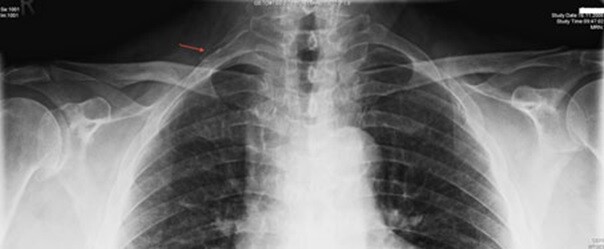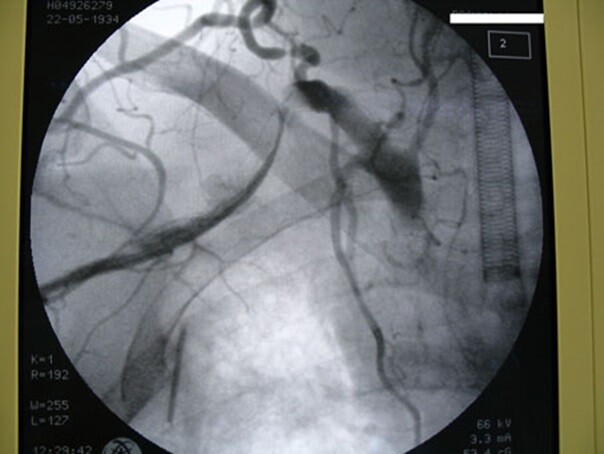The subclavian artery
The subclavian artery originates on the left side of the body from the arch of aorta, whereas on the right side it originates from the brachiocephalic trunk. It is the artery which transports the blood from the heart to the upper limbs. In the case of an obstruction of the subclavian a. it can lead not only to sensation of cold in the arms , it can as well cause (depending on the place of obstruction) balance disturbances and can lead to fall.
Thoracic outlet syndrome (TOS)
What exactly is TOS?
The thoracic outlet syndrome is a disease which is caused due to pressure exerted on the neurovascular bundle leaving the chest , entering into the arm. Between the scalene muscles , the first rib and if given cervical rib (extra rib arising from the 7th cervical vertebra) , the space can get too narrow for the vessels/nerves and possibly leading to compression of those. The compression of the subclavian vein is called Thoracic inlet syndrome (TIS). This state can lead to the Paget-von-Schroetter Syndome, a subclavian thrombosis.
How to recognize TOS?
Through the compression of nerves, a radiating pain may occur in the upper limb and can cause impaired sensation. Furthermore the compressed subclavian artery may cause symptoms like weakness, hypersensivity to cold, aneurysms and to vessel obstruction due to forming blood clots. Most Symptoms are provoked by tests like Adson test or “EAST-elevated arm stress test”. Xrays are used to check the presence of a cervical rib; with electroneurography we can determine if there is a nerve damage given. Additionally colour coded duplex sonography can show the blood flow, its direction, its change during different positions of arm and head and can prove vessel compression. Computertomography and Angiography are used as well to display an obstruction/a compression of the vessels and/or nerves.

How is the diagonsis made?
Through the compression of nerves, a radiating pain may occur in the upper limb and can cause impaired sensation. Furthermore the compressed subclavian artery may cause symptoms like weakness, hypersensivity to cold, aneurysms and to vessel obstruction due to forming blood clots. Most Symptoms are provoked by tests like Adson test or “EAST-elevated arm stress test”. Xrays are used to check the presence of a cervical rib; with electroneurography we can determine if there is a nerve damage given. Additionally colour coded duplex sonography can show the blood flow, its direction, its change during different positions of arm and head and can prove vessel compression. Computertomography and Angiography are used as well to display an obstruction/a compression of the vessels and/or nerves.

Which forms of therapy do exist?
The treatment depends on the severity of the compression. In milder forms the conservative treatment, consistent of physiotherapeutic exercises for strengthening the shoulder girdle, massages and heat treatment.
In more severe forms surgical intervention is the choice. Removing the constriction/compression, mostly the first rib or cervical rib. The surgery is preformed via the armpit so no disturbing scaring will be seen. If there is an chronic obstruction of the subclavian a. or axillary a. given, there is an expansion of these vessels or a stent implantation necessary.

Author: Dr. Andreas Franczak